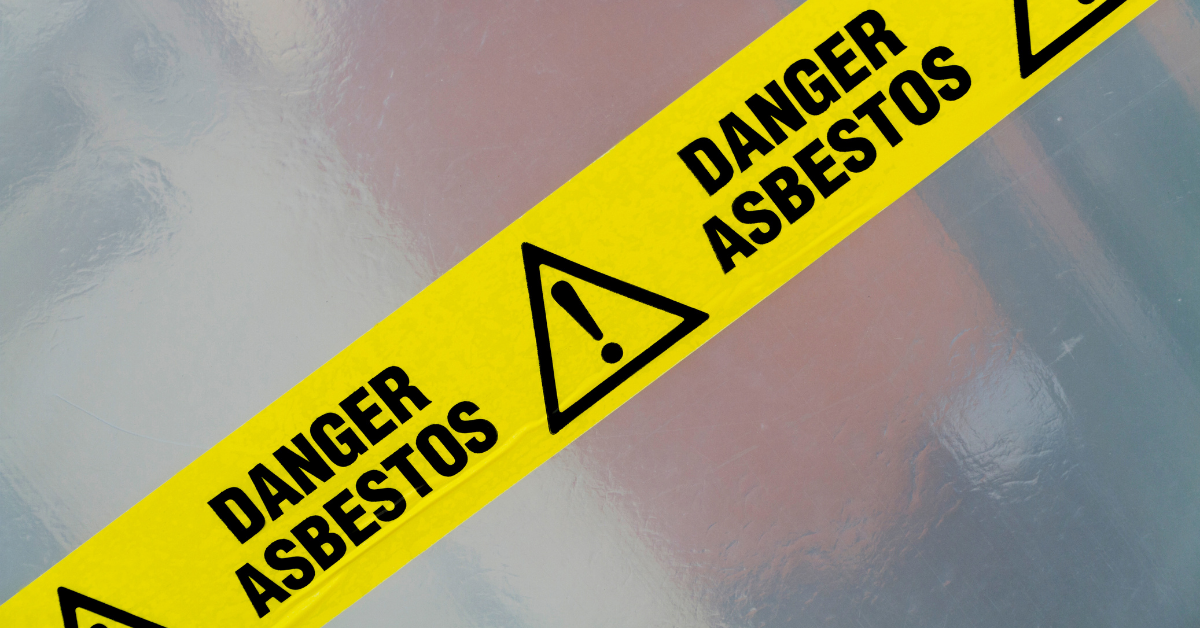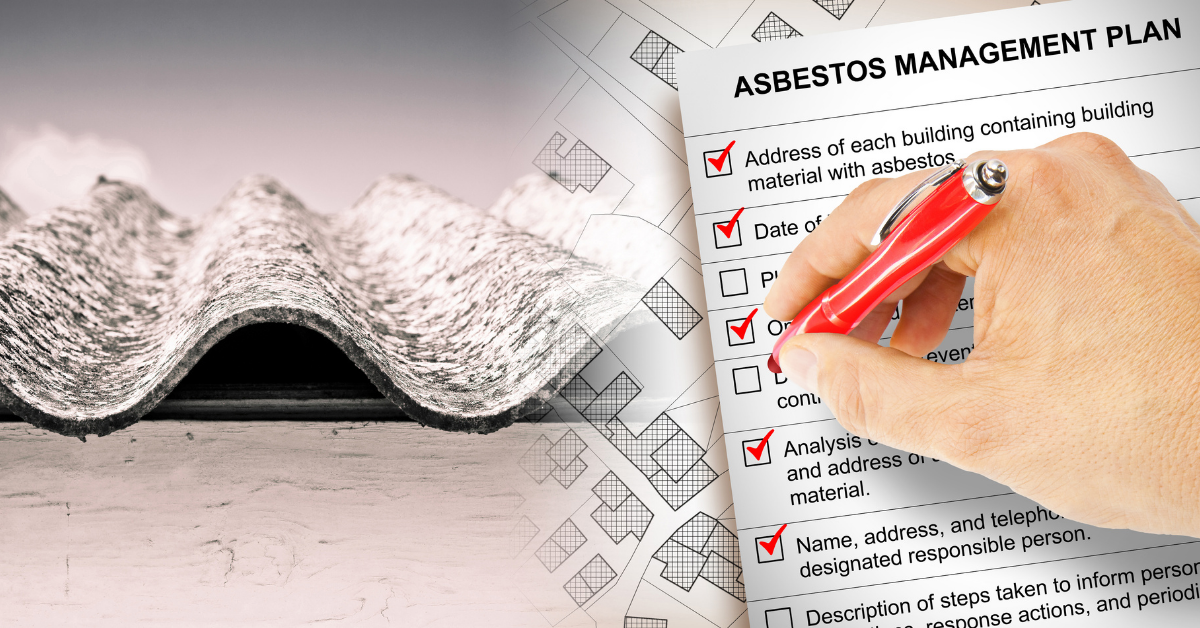
Asbestos was once frequently used in a wide variety of construction products because of its high tensile strength and fire-resistant properties. From boiler and pipe insulation to bricks and concrete, asbestos was everywhere and it wasn’t until 1989 that the EPA announced an initiative to phase out the use of asbestos in the U.S. completely.
Discovered to be a carcinogen, asbestos has the potential to cause cancer and respiratory disease, depending on the type of asbestos fiber and the degree of exposure. Once this abundance of information about its danger came to light, asbestos came under wide scrutiny and became banned. However, there is still a significant amount of asbestos present in those buildings that have not been demolished or renovated since their installation.
If asbestos-containing building materials (ACBM) are undisturbed, asbestos fibers can not be released. If the material is damaged or not removed properly and asbestos fibers can be released, the material is said to be friable and that is a problematic situation.
For this reason, many states in the U.S. have developed protocols for managing construction projects that might involve asbestos based on the Federal EPA regulations. One of those protocols is the requirement of an asbestos survey on any planned renovation or demolition project that may house ACBM.
Why Are Asbestos Surveys Needed?
The EPA, by Section 112 of the Clean Air Act, established National Emission Standards for Hazardous Air Pollutants (NESHAP). This list of hazardous air pollutants (HAP), or air toxics, names specific compounds, including asbestos, that are known or suspected to cause cancer or other serious health effects.
NESHAP requires that property owners and contractors inspect all areas that will be impacted by the construction or renovation activities to identify all asbestos-containing materials that will be impacted by the renovation or demolition project. There are requirements for the safe removal of those materials so they will not be released during those activities.
Although the use of asbestos was banned by the 1990s, it is still present in thousands of structures built before then, and in some cases, asbestos continued to be used after it was banned.
Since it is fairly easy to become an asbestos inspector—in most cases a five-day course and a high school diploma—it is important to have qualified, licensed inspectors who have a long history of building inspections to make certain that all asbestos materials have been identified and dealt with properly.
What Happens If Inspectors Identify Asbestos?
If your asbestos survey uncovers asbestos, you must have it abated by a contractor who is licensed for asbestos abatement before you can begin your renovation or demolition project.
Once abated, the asbestos must be disposed of in conjunction with state and federal guidelines for the proper disposal of this hazardous material.
Abatement of all materials that will be impacted by construction and demolition activities is mandatory and must be conducted by the regulations of the state where the work will be performed.
 Why Is Asbestos So Dangerous?
Why Is Asbestos So Dangerous?
Today, asbestos is a known carcinogen, but before the 1980s, its risk to public health was not yet known, although it was widely suspected and had been suspected as far back as ancient times.
Cheap and extremely versatile, asbestos was added to a wide range of construction products and materials, including vinyl flooring tiles and adhesives, wallboard joint compounds, HVAC system insulation, cement siding shingles, roofing paper, roofing shingles, plaster, and much more.
Asbestos becomes a potential hazard when it is disturbed and released into the air. Once it is airborne, it can be inhaled and reach into the deepest parts of the lungs where it can embed itself in the walls of the lung.
Breathing in those fibers can lead to the development of life-threatening diseases such as mesothelioma, a type of lung cancer, lung cancer, or asbestosis which is an accumulation of asbestos in the lungs that results in the lungs essentially becoming stiff so they can not expand and contract properly.
Do I Need to Report Asbestos on My Property?
If your asbestos inspector finds asbestos on your property, you must have it abated. However, you must notify the New Hampshire Department of Environmental Services and the local health officer in writing no later than 10 business days before the abatement is scheduled to take place.
Licensed contractors should be well-versed in these regulations. However, they may not be. It is advisable to have a respected asbestos consultant help design and oversee the project to make sure it is done properly and in complete compliance with all federal and state laws and regulations.
 How Do New Hampshire’s Asbestos Regulations Differ from Other States?
How Do New Hampshire’s Asbestos Regulations Differ from Other States?
The federal government enacts regulations regarding asbestos. This means each state must follow these regulations, but most states have also initiated their processes/procedures for complying with both federal regulations and regulations that are specific to that state. In most states, their asbestos regulations are more stringent than those of the federal government.
If you are a contractor or property owner, the safest course before attempting building renovations or a demolition/partial demolition is to hire a licensed, and more importantly, an experienced asbestos inspector to survey the premises. From there, a licensed Project Designer and Project Manager should be contracted to make sure the project is performed properly from both a legal and a health and safety point of view.
If you are unsure about your responsibilities as a property owner or contractor when it comes to asbestos inspections or abatement, contact the Lawson Group for more detailed information. We have performed several thousand building surveys since the 1980s and have managed and overseen thousands of asbestos abatement projects during the same timeframe.







